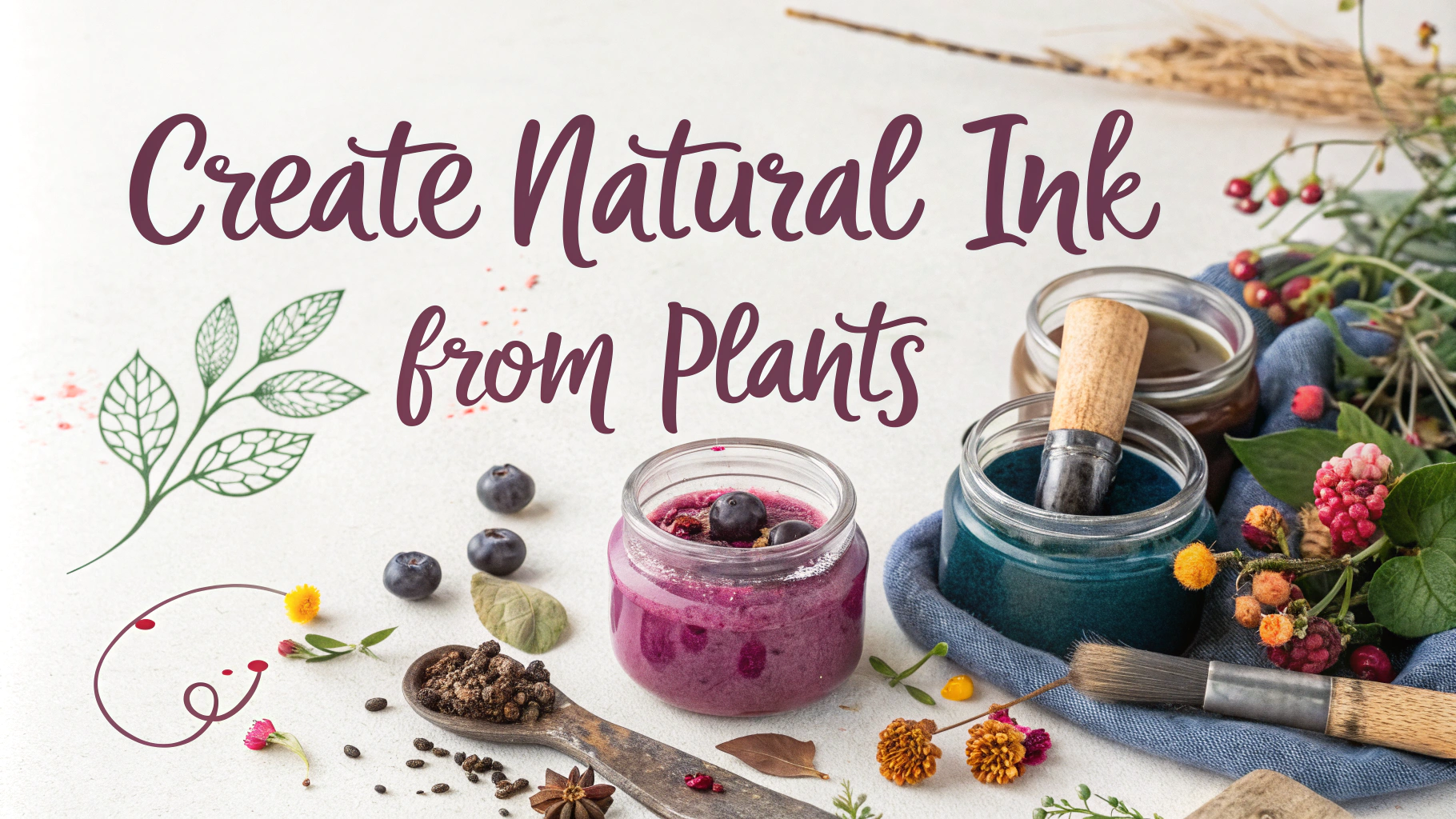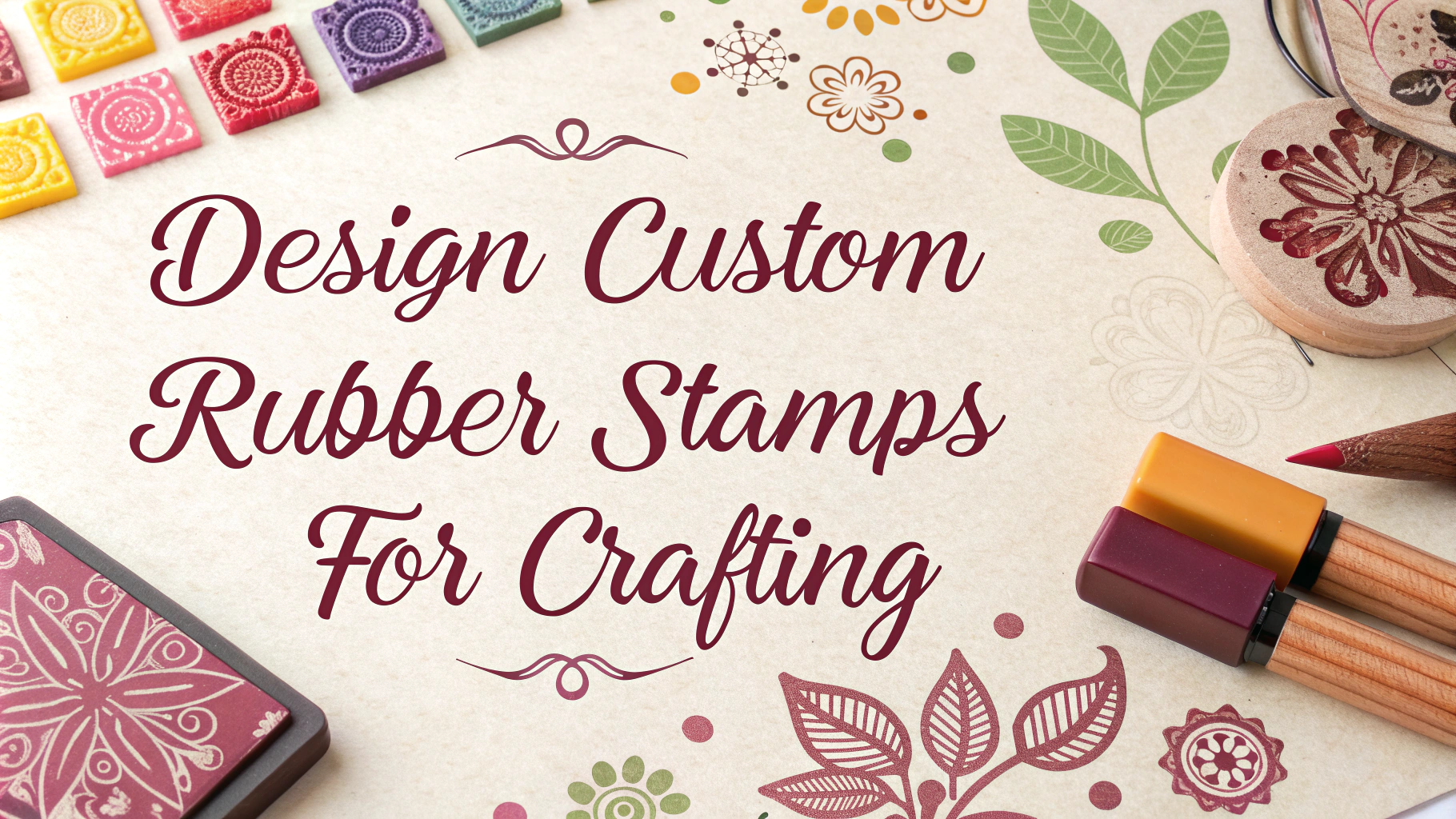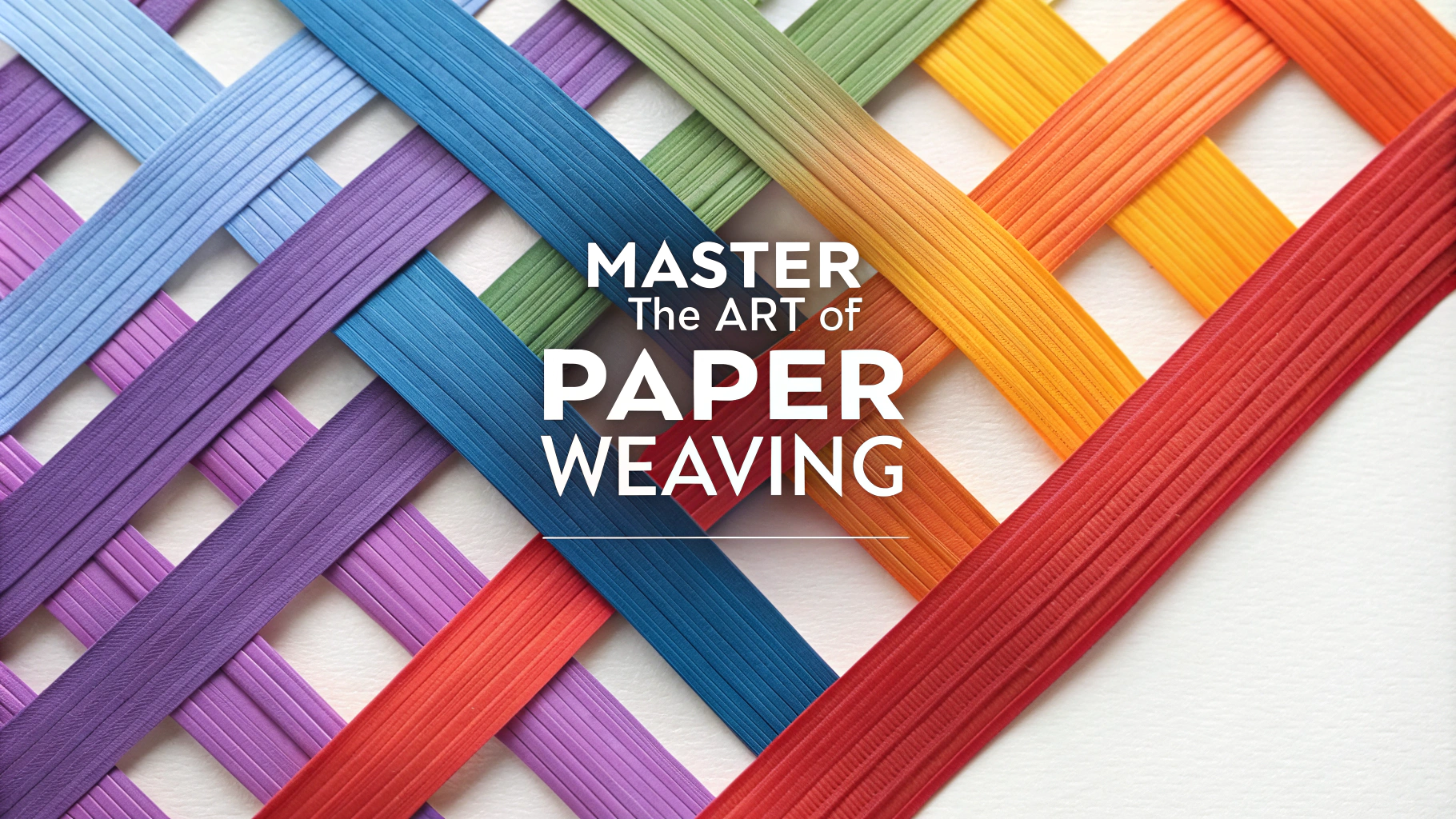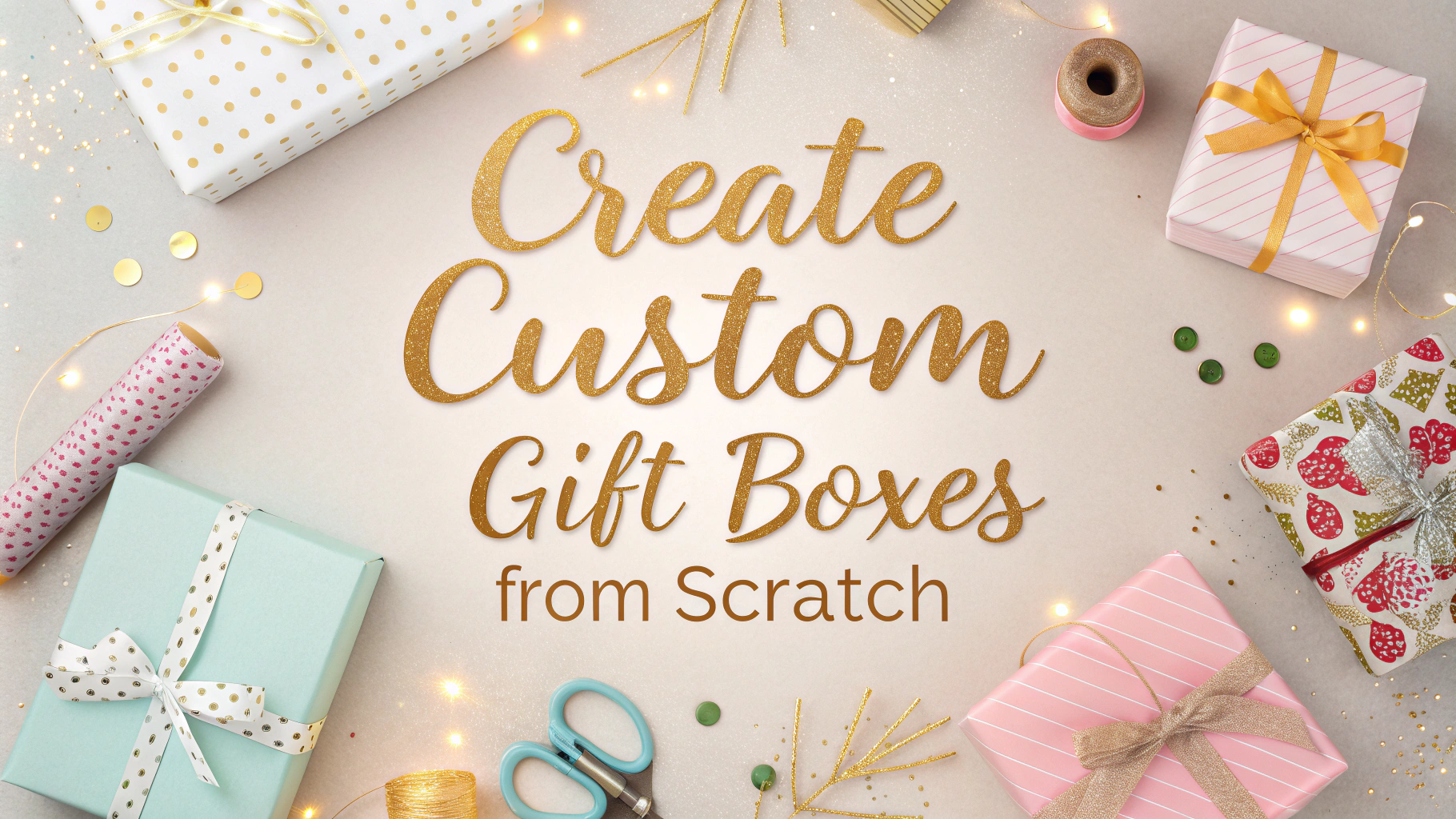Natural materials offer kids a safe, enriching way to explore creativity while developing fine motor skills and environmental awareness.
Safe Natural Materials for Kids’ Crafts
- Leaves and Flowers
- Pressed flowers for cards and bookmarks
- Autumn leaves for collages
- Ensure plants are non-toxic and allergen-free
- Twigs and Bark
- Picture frames from small branches
- Nature wreaths
- Check for sharp edges before use
- Stones and Pebbles
- Rock painting
- Garden markers
- Wash thoroughly before use
Safety Guidelines
Always supervise children when collecting and working with natural materials.
- Check materials for sharp edges or points
- Clean all items before use
- Keep materials away from mouth and eyes
- Use child-safe glue and paint
- Watch for allergic reactions
Age-Appropriate Activities
| Age Group | Recommended Activities |
|---|---|
| 2-3 years | Leaf sorting, simple collages |
| 4-6 years | Nature bracelets, painted rocks |
| 7+ years | Detailed nature art, complex weaving |
Quick Project Ideas
- Nature Bracelets
- Materials: Masking tape, collected nature items
- Make sticky side out bracelet, attach findings
- Pine Cone Bird Feeders
- Materials: Pine cones, string, bird seed, peanut butter
- Check for nut allergies first
Contact your local poison control center at 1-800-222-1222 if you have concerns about material safety.
Storage and Organization
- Use clear containers for sorting materials
- Label containers with pictures for young children
- Store materials in dry, well-ventilated areas
- Check regularly for mold or deterioration
For more information about safe crafting materials, contact the Consumer Product Safety Commission at www.cpsc.gov.
Educational Benefits
- Cognitive Development
- Pattern recognition through sorting
- Color and texture identification
- Natural science exploration
- Motor Skills
- Fine motor control through handling small objects
- Hand-eye coordination practice
- Grip strength development
Seasonal Activities
| Season | Materials Available | Project Ideas |
|---|---|---|
| Spring | Flowers, fresh leaves, grass | Pressed flower art, nature prints |
| Summer | Shells, beach stones, dried grass | Shell mosaics, sand art |
| Fall | Colored leaves, acorns, pine cones | Leaf crowns, autumn wreaths |
| Winter | Pine needles, bark, evergreen branches | Natural ornaments, twig art |
Conclusion
Natural crafting materials provide children with sustainable, engaging ways to connect with their environment while developing essential skills. By following proper safety guidelines and age-appropriate activities, these materials can become valuable tools for learning and creative expression.
- Always prioritize safety when selecting materials
- Rotate seasonal items to maintain interest
- Document projects through photos to track progress
- Encourage environmental stewardship through responsible collecting
Remember to check local regulations regarding collecting natural materials from public spaces and always practice “leave no trace” principles when gathering supplies.
FAQs
- What age is appropriate to start crafting with natural materials?
Children as young as 3 can begin crafting with natural materials under close supervision. Start with larger items like pinecones, leaves, and smooth stones to prevent choking hazards. - Which natural materials are safe for children to work with?
Safe natural materials include leaves, flowers, sticks, pine cones, smooth stones, seashells, dried corn husks, wool, cotton, and large seeds. Avoid toxic plants, moldy items, or materials with sharp edges. - How should I clean natural materials before crafting?
Rinse items in warm water to remove dirt, spray with a mild vinegar solution to disinfect, and allow to dry completely in sunlight. Bake items like pinecones at 250°F for 20 minutes to eliminate insects. - What basic safety precautions should I take when crafting with kids?
Ensure constant adult supervision, use age-appropriate tools, wear protective gear when needed, keep a first aid kit nearby, and check materials for potential hazards like sharp edges or allergenic properties. - How can I store natural craft materials safely?
Store materials in well-ventilated containers, keep them dry to prevent mold, label clearly, and regularly check for deterioration. Use sealed containers for items that might attract insects. - What natural adhesives are safe for children’s crafts?
Safe natural adhesives include homemade paste (flour and water), tree sap, mud clay, beeswax, and cornstarch-based glue. Always supervise application and keep away from mouths and eyes. - Which natural dyes are safe for craft projects?
Safe natural dyes include those made from vegetables (beets, carrots), spices (turmeric), fruits (berries), and flowers (marigolds). Avoid wild plants unless you’re certain of their safety. - What should I do if a child has an allergic reaction to natural materials?
Remove the material immediately, wash the affected area with soap and water, and seek medical attention if symptoms persist or are severe. Always test materials on a small skin area first. - How can I teach kids about sustainable crafting?
Teach children to gather materials responsibly, never over-harvest, respect living plants and animals, use only fallen or discarded items, and return unused materials to nature. - What seasonal considerations should I keep in mind for natural crafting?
Consider material availability by season, use fresh materials when available, collect and properly store seasonal items for later use, and adapt projects to seasonal materials like spring flowers or autumn leaves.









